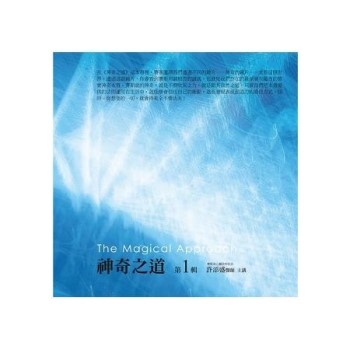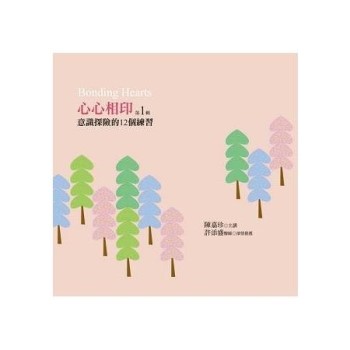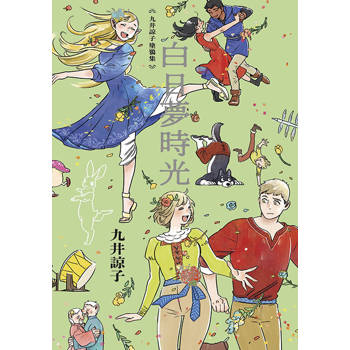This work perhaps is best described as the quintessential Twentieth Century fin de si cle novel of Los Angeles, and possibly the only one. Particular to Los Angeles in setting and story, its occurrence of intersecting cultural, economic, political and artistic crosscurrents is not. Its narrator and gallery of characters are too willing pawns in the battle of high and low, individuality and expectations, art and commerce, survival and resignation and the liberation of hedonism versus its peril to the soul. As the Nineties dwindle down, the waning days of one era and the precipice of a new one are seen through the eyes of Donovan, his story launched by a crisis whose origin is both gratuitous and mundane. At loose ends, his is a unique passage through many a strata of the city of Los Angeles. A romp, a survival story, a sardonic political history, a literary walkabout and a portrayal of unforgettable characters richer than conventional wisdom would indicate, the novel peels back a city and a time. As abundant with insightful observation as it is dismissive of any possible meaning, the story resists categorization, while creating its own hydra-headed genre. Donovan and those surrounding him may be down, but only superficially are they at all out, as their gritty and grand adventures and day to day conundrums evocatively demonstrate. All in all it is an exuberant, episodic ride, an exploration of character, of a city and of a point in time, rendered with playful and disarming erudition, straight razor wit, and well-observed descriptive power.
| FindBook |
有 1 項符合
Peeko Pacifiko的圖書 |
 |
Peeko Pacifiko 作者:O’ Steen 出版社:Createspace Independent Publishing Platform 出版日期:2011-01-18 語言:英文 規格:平裝 / 316頁 / 21.59 x 14 x 1.68 cm / 普通級/ 初版 |
| 圖書館借閱 |
| 國家圖書館 | 全國圖書書目資訊網 | 國立公共資訊圖書館 | 電子書服務平台 | MetaCat 跨館整合查詢 |
| 臺北市立圖書館 | 新北市立圖書館 | 基隆市公共圖書館 | 桃園市立圖書館 | 新竹縣公共圖書館 |
| 苗栗縣立圖書館 | 臺中市立圖書館 | 彰化縣公共圖書館 | 南投縣文化局 | 雲林縣公共圖書館 |
| 嘉義縣圖書館 | 臺南市立圖書館 | 高雄市立圖書館 | 屏東縣公共圖書館 | 宜蘭縣公共圖書館 |
| 花蓮縣文化局 | 臺東縣文化處 |
|
|
圖書介紹 - 資料來源:博客來 評分:
圖書名稱:Peeko Pacifiko
|











